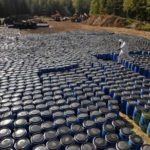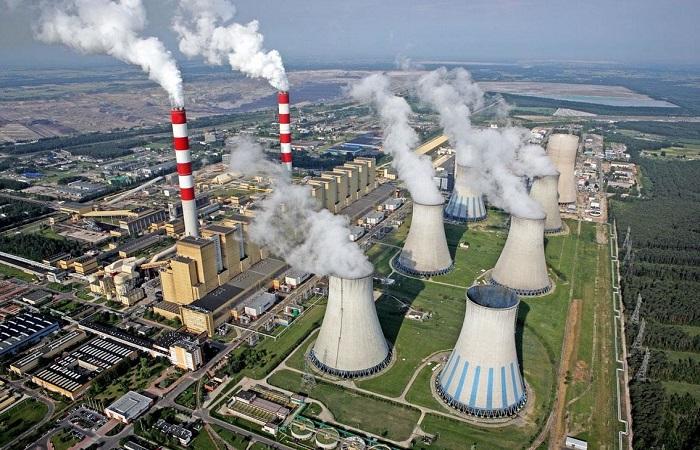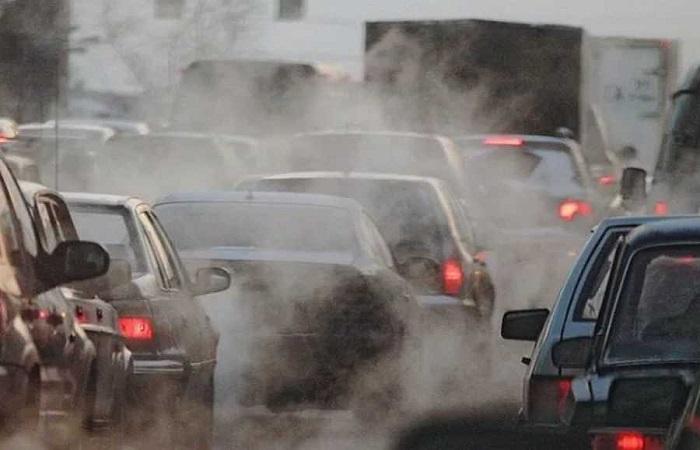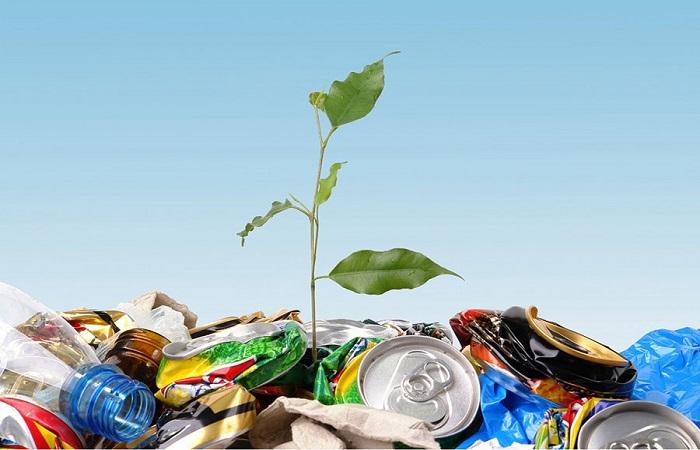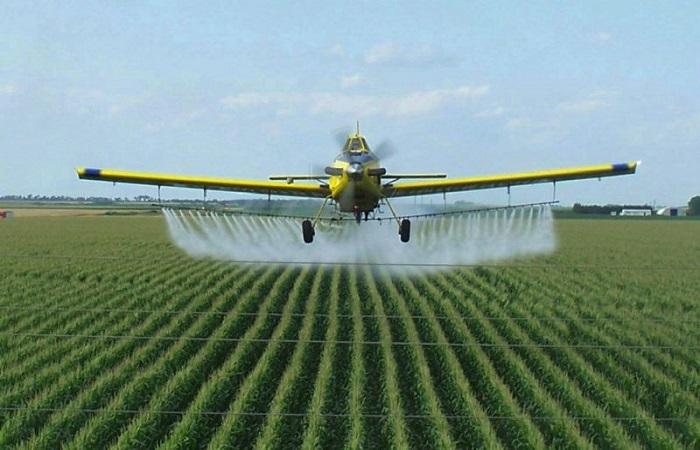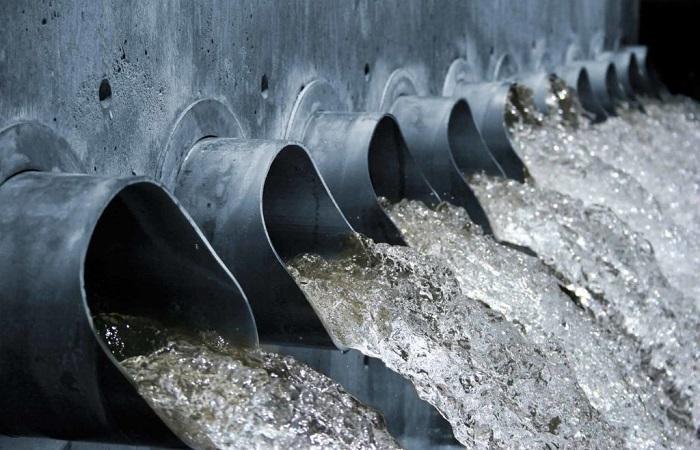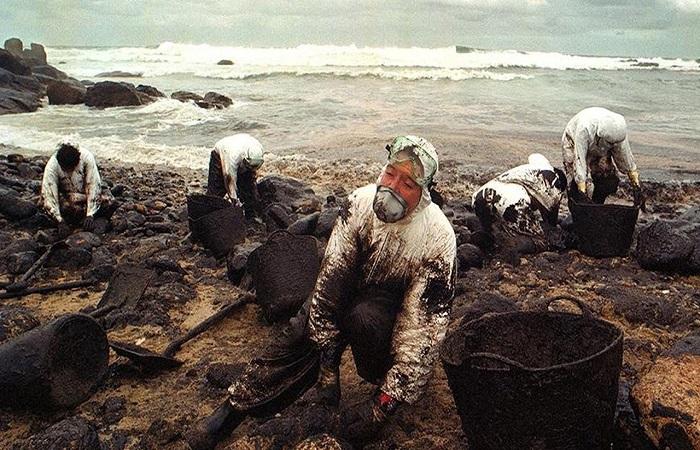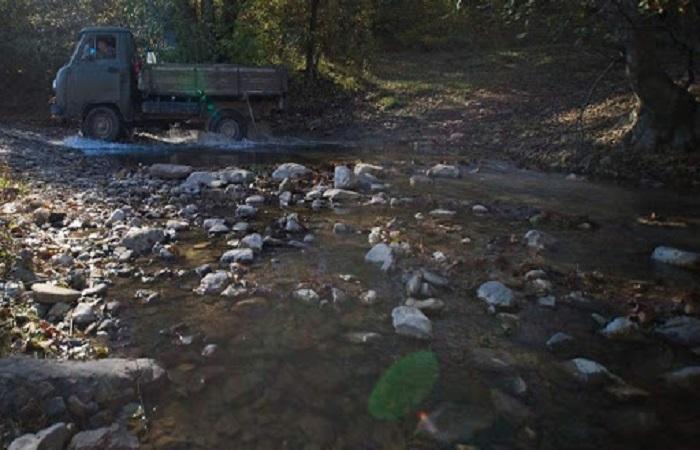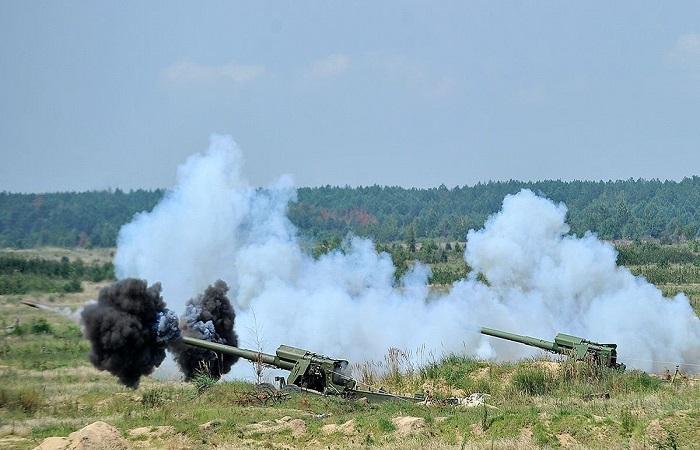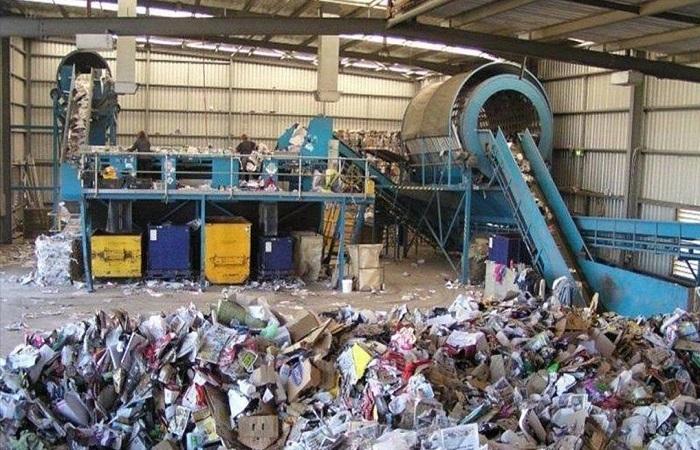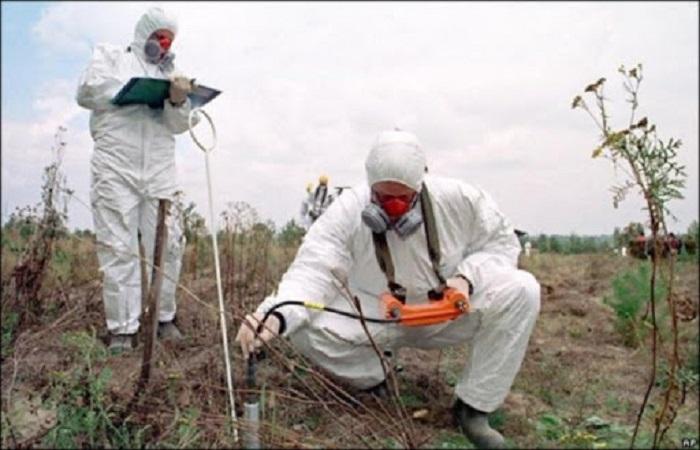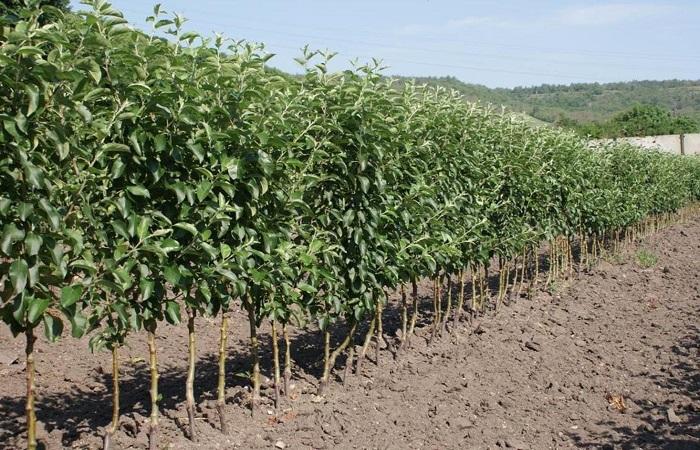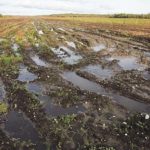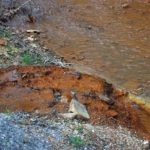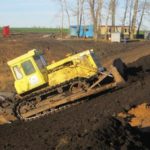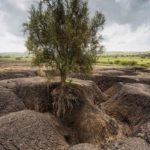Soil pollution is the entry into its structure of various chemicals, radioactive elements, and microorganisms in large volumes. Most often, lands are polluted with heavy metals, organic compounds, and salts. As a result, the structure of the soil is disrupted. This has serious consequences for the environment and negatively affects human health.
- What is soil pollution
- Types and sources of soil pollution
- Industrial waste and emissions
- Thermal power enterprises
- Vehicle exhaust gases
- Household waste
- Fertilizers and pesticides used in agriculture
- Wastewater used to irrigate fields
- Oil leak
- Acid rain
- Natural sources
- Other reasons
- Possible consequences
- How to solve a problem
- Modern methods of processing and disposal
- Soil cleansing
- Land reclamation
- Measures taken in agriculture
- Use of alternative energy sources
- Other effective methods
What is soil pollution
Most often, soil pollution is understood as a type of anthropogenic soil degradation in which the amount of chemicals exceeds the natural level of their content. This is a general characteristic of the problem. Indeed, most often it is associated with human activity. However, sometimes the contamination of fertile soils is also due to the influence of natural factors.
Types and sources of soil pollution
Today there are many known sources of soil pollution. Each of them has certain characteristics and leads to specific consequences.
Industrial waste and emissions
A common factor that causes soil pollution is the dumping of industrial waste into it. The most common causes of problems are the following:
- chlorinated industrial solvents;
- dioxins - released during waste combustion and during the manufacture of pesticides;
- plasticizers;
- polychlorinated biphenyls.
The petroleum industry produces large amounts of petroleum hydrocarbon waste. Some of them are carcinogenic. These substances, in particular, include benzene and methylbenzene.
Thermal power enterprises
Enterprises use oil, coal, and gas to generate heat and energy. The combustion of these products is accompanied by the production of slag, soot, fly ash, and sulfur oxide. The release of gaseous substances from incomplete combustion is also possible. All these elements lead to air pollution.
When burning coal, ash appears, which includes heavy metals. Zoo-slag dumps cause soil poisoning and saturate it with hazardous elements. Thermal power plants are considered the main soil pollutants.
Vehicle exhaust gases
Automotive internal combustion engines produce hydrocarbons and nitrogen oxide. Heavy metals, in particular lead, enter the air with exhaust gases. Hazardous substances accumulate along roads and concentrate in the ground. As a result, difficulties arise with the use of these lands for growing crops.
Household waste
Every day, tons of garbage and household waste end up in city landfills. Soil contamination with heavy metals is caused by violation of the rules for recycling batteries, thermometers, and lamps containing mercury. These substances do not decompose, but accumulate in the soil. This leads to an increase in background radiation.
Fertilizers and pesticides used in agriculture
To increase yield parameters, farmers use fertilizers. These substances stimulate fruit growth, but can cause soil depletion. This is due to the artificial composition of fertilizers. Concentrated growth stimulants are often added to their composition. An increase in their content in the soil provokes the production of nitrates, nitrites and other hazardous substances.
Wastewater used to irrigate fields
All waste and sewer water is treated.However, this does not guarantee obtaining perfectly clean water that is safe for the environment. It still contains a lot of industrial waste.
Liquid from reservoirs into which sewage waste flows is often used to irrigate fields. This provokes an increase in the level of hazardous chemical elements in the soil layers.
Oil leak
During the production and transportation of petroleum products, hazardous substances can reach the ground surface in large quantities. Gradually they seep into the soil structure and groundwater.
Acid rain
Human industrial activity causes acid rain. The evaporation of an increased volume of chemical elements and their release into the atmosphere causes their accumulation. During precipitation, hazardous substances fall back into the ground.
Chemical rain can have serious consequences for soil and plants. Such precipitation changes the biological structure of the soil, making it unsuitable for subsequent use.
Natural sources
Environmental problems can be caused by weathering of mountains, rivers overflowing their banks, or volcanic eruptions. All these natural phenomena cause contamination of the soil layer. However, nature itself can eliminate the negative consequences of natural disasters.
Other reasons
Military actions can lead to soil contamination. Weapon testing also often causes problems. Modern military projectiles contain many toxic components.
The main task of such a projectile is considered to be the mass destruction of enemies over large territories. The use of weapons leads to the death of all living things in the area of its effect. As a result, degradation of the soil layer occurs.
Possible consequences
Unfavorable changes in soil composition and soil degradation provoke dangerous consequences for people and the environment. Therefore, destruction and destruction of lands must not be allowed.
The main dangers associated with soil contamination include the following:
- Congenital and chronic pathologies. Soil depletion causes nutrient deficiency. At the same time, the production of useful elements in plants is disrupted. As a result, the human body does not receive enough of the substances necessary for its normal functioning, which leads to various malfunctions. This often provokes the development of diseases that are characteristic of entire territories. Thus, in Russia there are regions where people suffer from a deficiency of potassium, calcium, vitamins C and D. This leads to the appearance of birth defects in children. In addition, a lack of vitamin D causes impaired absorption of potassium and calcium, making bones more fragile.
- Effect on plants. Crops are considered an intermediate link through which dangerous elements enter the human body, causing intoxication. Depletion of the soil layer is considered no less dangerous. Plants do not receive enough nutrients, which causes metabolic disorders in cells. Soil contamination can cause crop mutations. A high concentration of toxic elements provokes a decrease in the ability of plants to produce crops and reproduce. It also negatively impacts food safety.
- Soil erosion. The destruction of the soil layer occurs under the influence of wind and water masses.Precipitation flows wash away useful elements from the upper layers of the soil. As a result, its composition becomes more meager. Beneficial humus is blown out of the soil under the influence of wind. As a result, it becomes less fertile. Such lands are no longer suitable for agricultural use. If soil erosion is not stopped in time, there is a risk of complete destruction of the soil layer.
- Harmful fumes and gases. If something heavily pollutes the soil, there is a risk of toxic elements accumulating on its surface. As a result, harmful gases and fumes are formed. Under the influence of dangerous elements, the soil cannot self-clean itself from pathogenic microorganisms. In addition, toxins accumulate in the soil structure, disrupting the development of crops and causing the death of tree crop seeds. Deciduous plants demonstrate especially high sensitivity to harmful gases and fumes.
- Disturbance of the soil structure. Contamination of the surface layers of soil provokes a change in its structure. As a result, the flora and fauna characteristic of this area disappears. There is also a risk of waterlogging, salinization, and land depletion. A common cause of problems is the uncontrolled use of chemical fertilizers. They cause soil contamination with nitrates and toxic elements.
Contamination of the soil layer provokes a change in its structure and a decrease in the level of important substances. At the same time, the content of harmful chemical components increases significantly.
How to solve a problem
A variety of methods can be used to solve the problem of soil contamination.They all differ in certain features.
Modern methods of processing and disposal
One of the ways to solve environmental problems is the construction of waste processing plants. This helps to minimize the negative impact of waste on soil layers.
Soil cleansing
Harmful substances that penetrate the soil can be neutralized. Effective control measures include the following:
- Physical methods. In this case, electric current is used for cleansing. It helps remove phenols, petroleum products, and hydrocarbons containing chlorine from the soil. The method is considered quite effective, but requires a lot of costs. Physical methods also include electrophoresis. It helps neutralize heavy metals and cyanides.
- Chemical methods. In this case, solutions are used that contain surfactants. They wash the soil layers. Thanks to this, it is possible to clear the land of oil products. They give excellent results, but require long-term soil restoration - up to 4 years.
- Biological methods. To use them, plants are planted in contaminated areas that help cleanse the soil of cyanide, chromium, zinc, lead, and cobalt. Plants absorb harmful elements, accumulating them in their structure. After which they need to be collected and disposed of. It will take several years to fully cleanse the soil.Another type of biological treatment is the saturation of the soil with bacteria, which enhance the growth of beneficial organisms that destroy chemicals.
Land reclamation
To combat soil contamination, soil reclamation can be carried out. This is done after mining, waste disposal, and construction. The main objectives of such events are considered to be the following:
- obtaining areas suitable for planting;
- creation of recreation areas;
- planting a forest belt;
- prevention of land desertification.
Measures taken in agriculture
To cleanse lands of pesticides and other toxic elements, you can do the following:
- plant trees along the perimeter of the fields - this helps reduce the blowing away of the useful layer;
- alternate cultivated crops - this helps prevent soil depletion;
- minimize soil treatment;
- reduce pesticide use;
- plow the land across the slope - this measure reduces the leaching of the useful soil layer.
Use of alternative energy sources
To reduce your use of hazardous energy sources such as gas, coal and oil, you can switch to safer options:
- biofuel;
- solar energy;
- ebbs and flows;
- wind;
- water.
Other effective methods
The development of waste-free production helps reduce soil pollution. To do this, you need to switch to more modern equipment and use effective treatment facilities.
Soil pollution is considered a dangerous environmental problem that leads to negative consequences for people. That is why it is so important to take measures to combat this violation.


